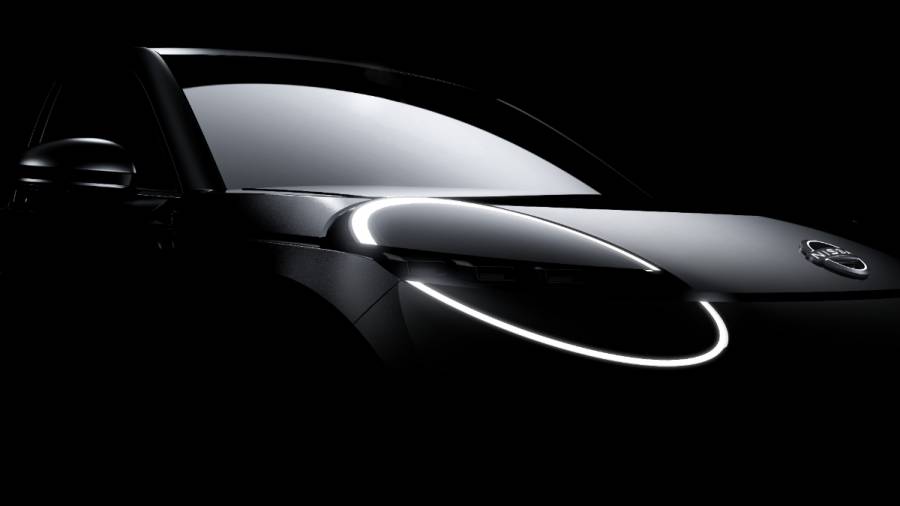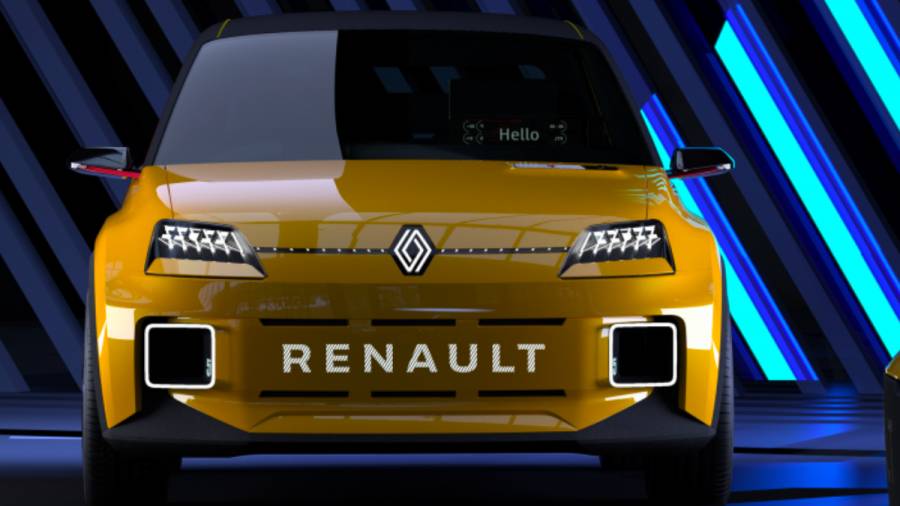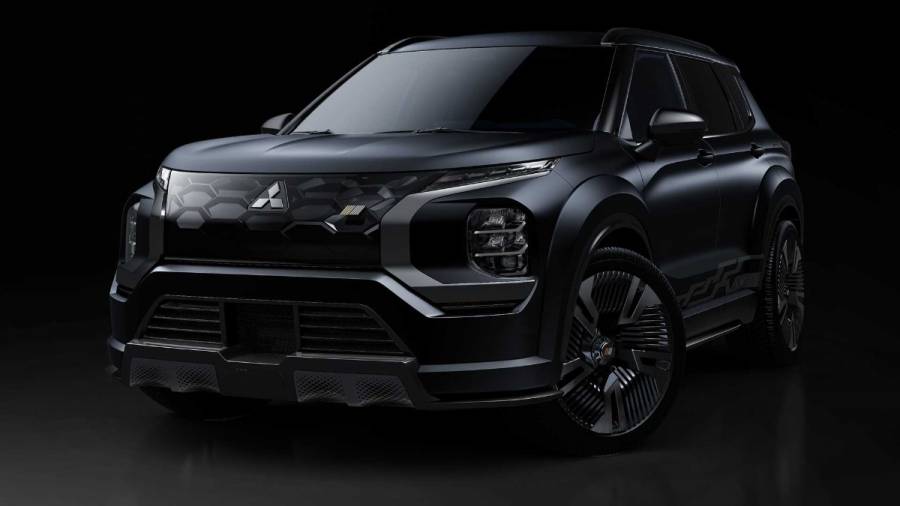Renault Nissan Mitsubishi Alliance to launch 35 EVs globally by 2030
The Renault Nissan Mitsubishi Alliance has announced its EV roadmap for the next decade, which builds on the increased consolidation and co-operation between the brands in place since 2020. As part of this plan, the Alliance will bring to market 35 EVs by 2030, the conglomerate already sells 10 EVs in the major global automotive markets of Europe, Japan, the US, China with over 10 lakh units already sold.
Five EV architectures
Most of these new EVs will be based on one of five EV architectures that will be shared by all three firms. Of most interest to India is the CMF-AEV, the electrified version of the CMF-A platform that underpins the Dacia Spring, i.e. the Renault Kwid electric. But globally, the CMF-BEV architecture will be more significant. To be launched in 2024, this will underpin the EV to replace the current Micra as well as the Renault R5 hatch. Over 2.5 lakh cars are expected to be made on this architecture when it debuts through the Renault, Alpine and Nissan brands with costs expected to reduce by 33 per cent and efficiency expected to improve by 10 per cent from the Renault Zoe.

The CMF-EV architecture, which underpins the Nissan Ariya and the Renault Megane E-Tech Electric will also be critical to the alliance. There will be 15 EVs based on this with more powerful motors and thin batteries, which should account for 15 lakh vehicles a year. Other than this there will be a KEI-EV architecture for the specific needs of the Japanese market, as well as the LCV-EV for commercial applications.
Solid-state battery development, software-defined vehicles
Renault and Nissan will also source and manufacture batteries together with a strategy to reduce costs by 50 per cent by 2026 and 65 per cent by 2028. By 2030, the Alliance expects to have a 220 GWh battery production capacity across its plants. Following this, big bets are being placed on solid-state batteries. Nissan will lead the development of this technology, expected to have twice the energy density of lithium-ion batteries with charging times reduced by a third. These solid-state batteries are planned for mass-production by 2028 at greatly reduced costs of under Rs 5000 per kWh.

The Alliance will launch its first software-defined vehicle by 2025, based on a common electrical and electronic architecture being developed by Renault. This will further enhance digital integration in Alliance vehicles with more significant OTA updates that will allow for a more personalized experience, enhanced services and reduced maintenance costs.
By 2026 over 50 lakh cars from the Alliance will be could-connected and 1 crore vehicles across 45 models will have ADAS. Further, the Alliance will also be the first to offer a full Google ecosystem in its vehicles.

Increased commonality
There will be many more shared components between the Nissan, Renault and Mitsubishi brands going forward with common platforms to account for 80 per cent of the 90 models the Alliance thinks will be on sale in 2026, up from 60 per cent currently. Aside from lower costs, this will also allow the Mitsubishi brand to re-enter the European market with models based on Renault vehicles while Renault will launch a new seven-seater based on the Nissan X-Trail and Mitsubishi Outlander.
Also read,
Nissan reveals Ambition 2030 vision
Iconic Renault 5 reborn as an EV, symbolises company's new direction
Starts Rs 26.93 Lakhs
2360cc
Automatic
167
222
-NA-
-NA-
2488cc
Automatic
147
207
-NA-
Starts Rs 4.5 Lakhs
999cc
Automatic
68
91
-NA-
-NA-
-NA-
-NA-
-NA-
-NA-









